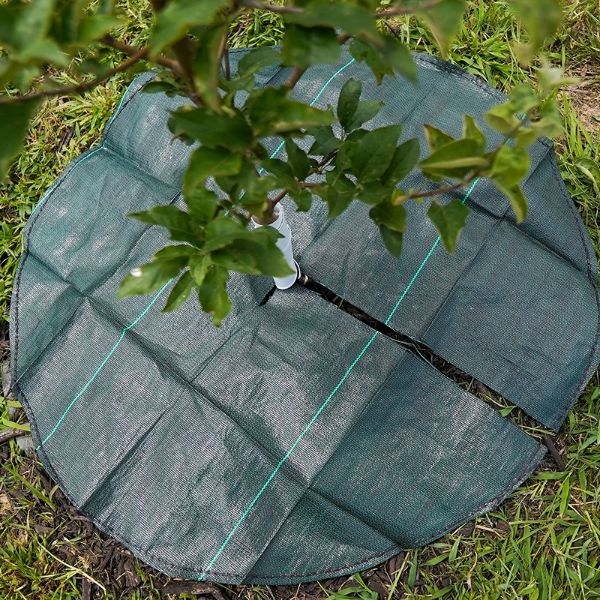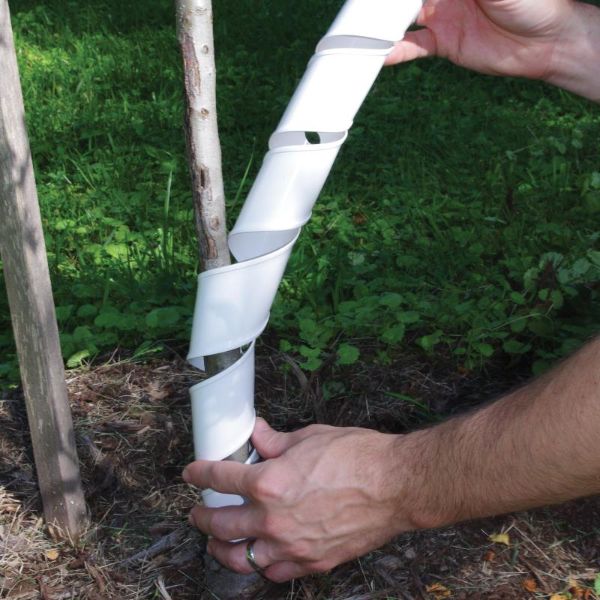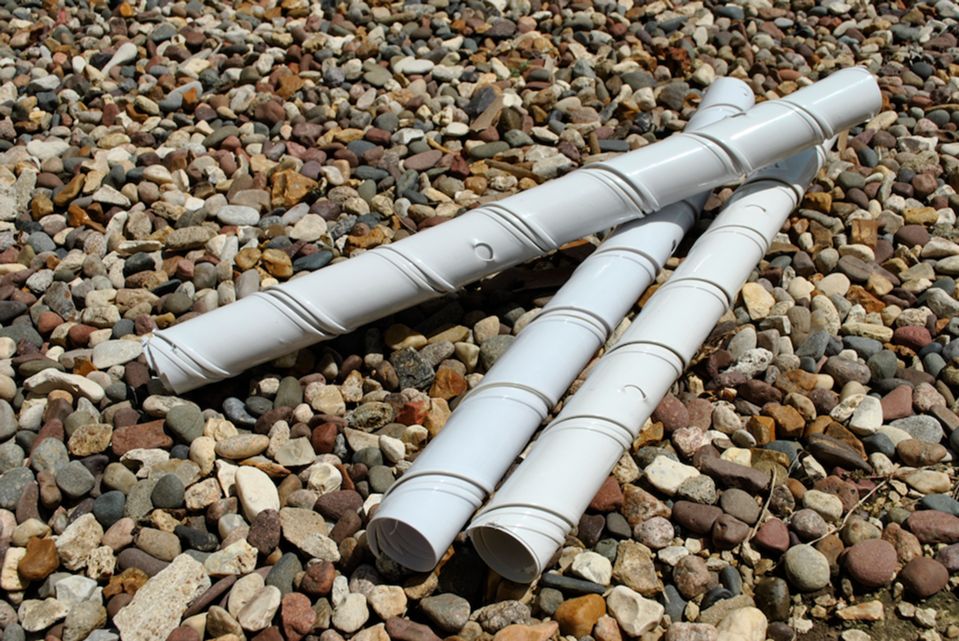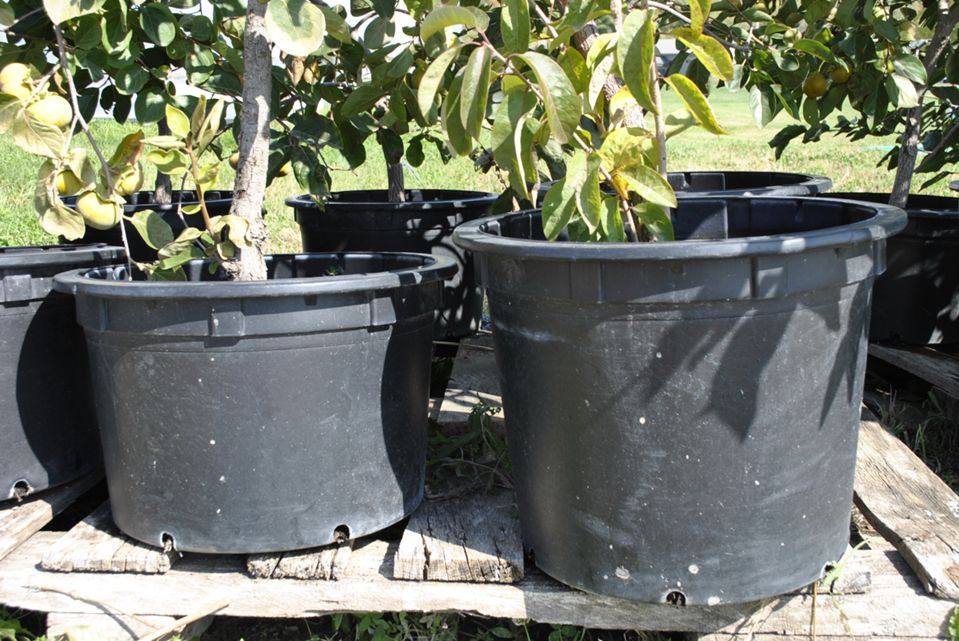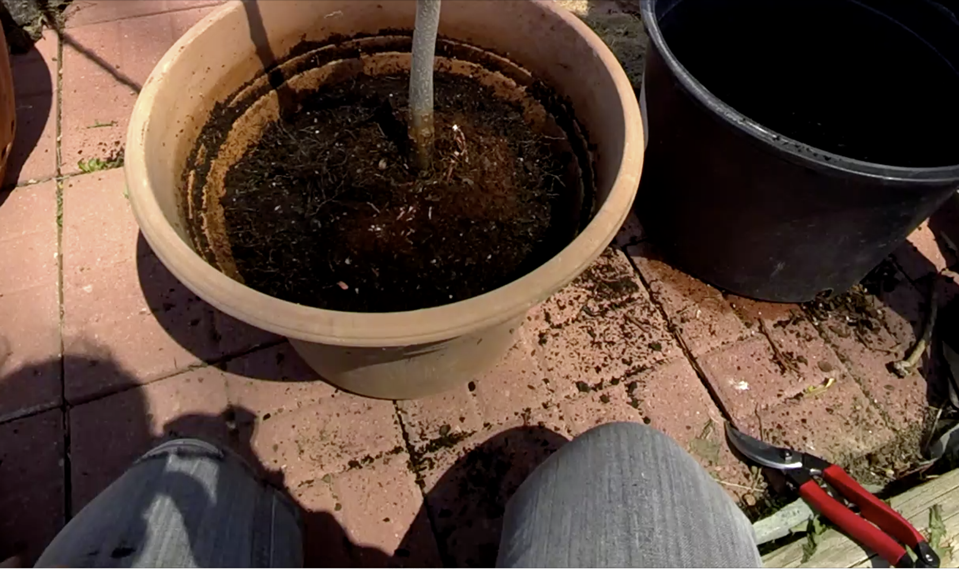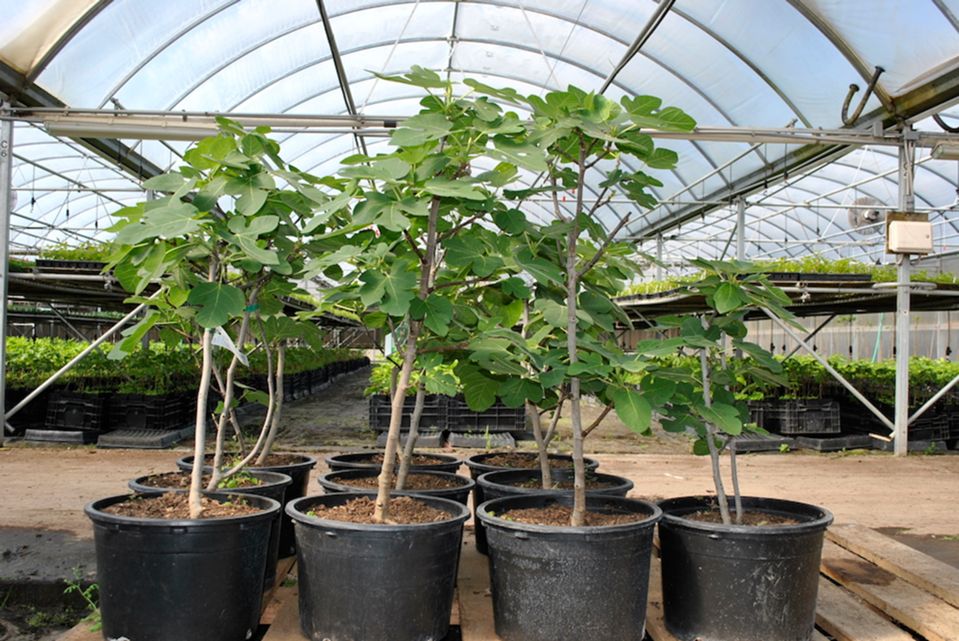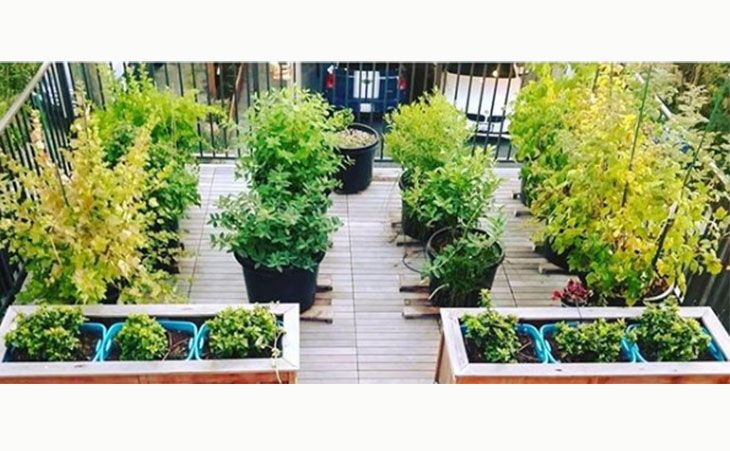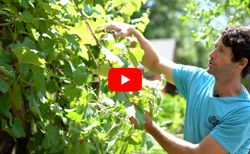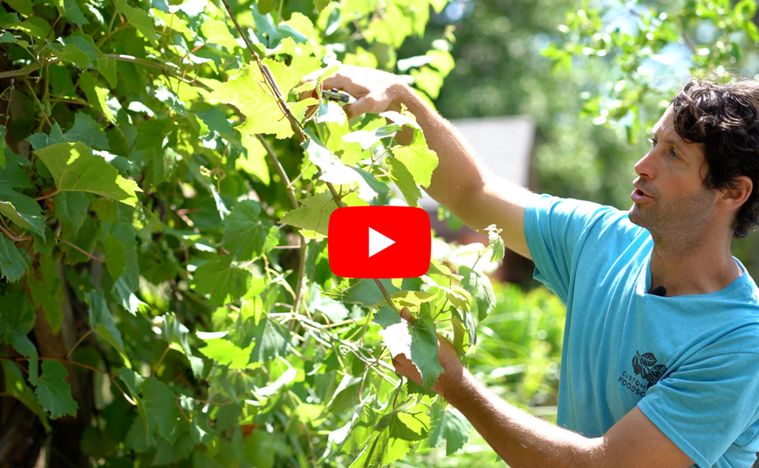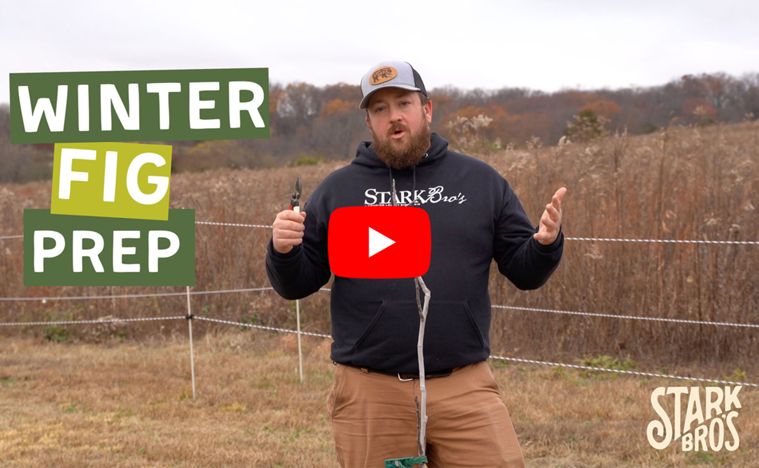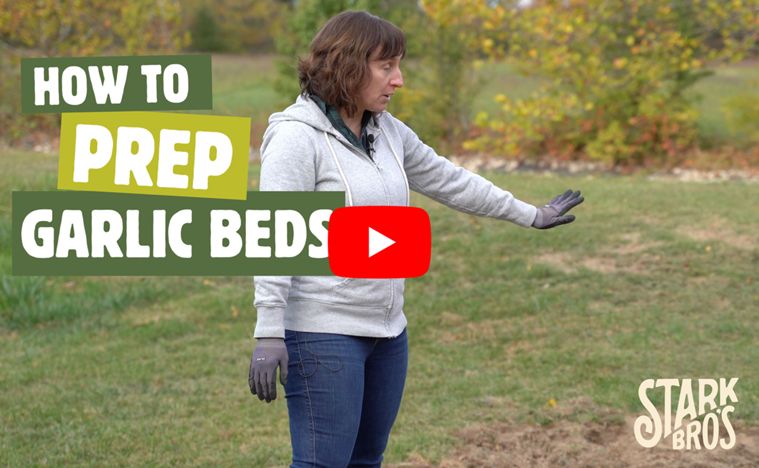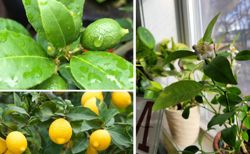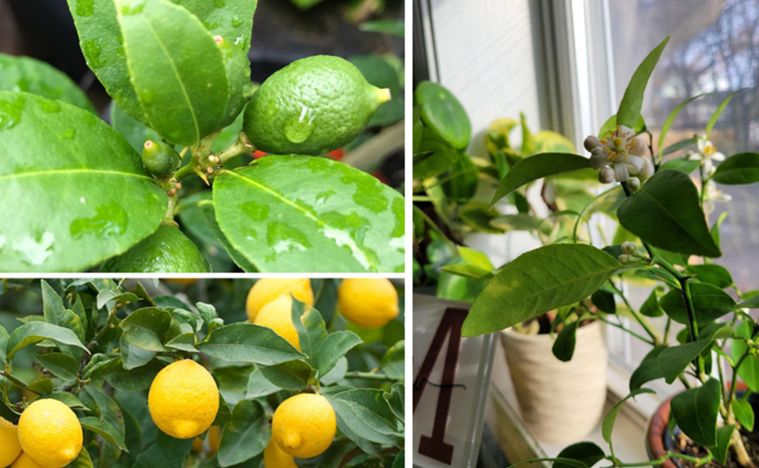Preparing Trees & Plants for Winter
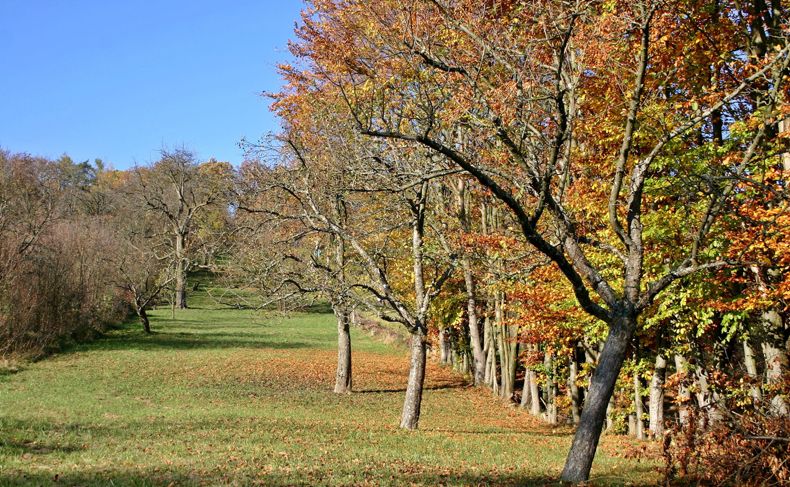
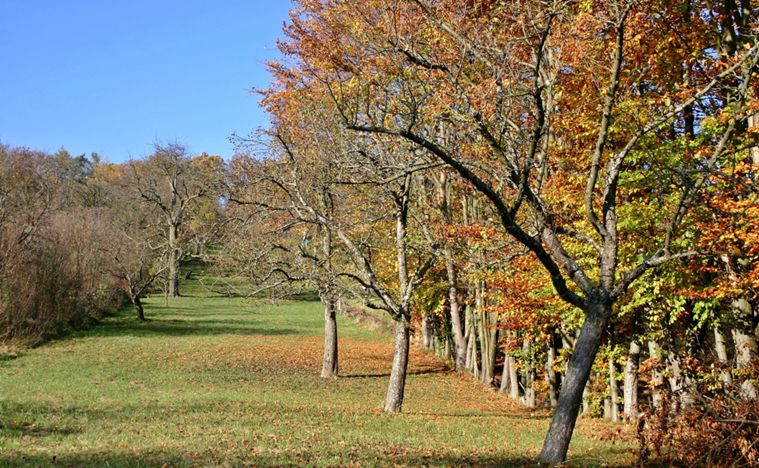
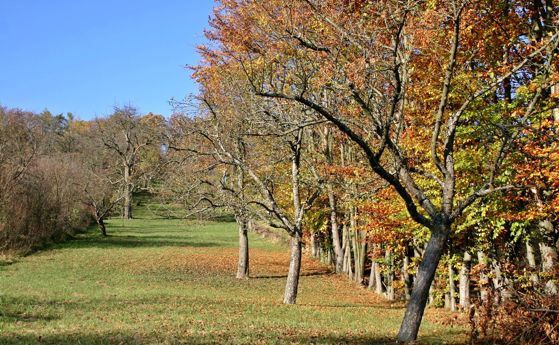
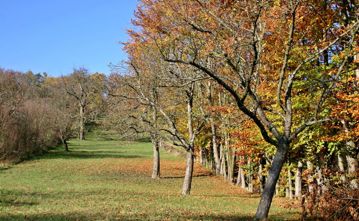
Each year is divided into four seasons: winter, spring, summer, and fall. Plants and trees experience life cycles through these seasons. For human beings, life cycles occur every day. We require a certain amount of rest each day (we call it sleep) to function the following day. The amount and quality of our rest helps to determine how healthy and productive we are. Most trees “sleep” each winter (we call it their dormancy period). The amount and quality of their rest also determines how healthy and productive they are! Let’s take a few minutes to talk about preparing for winter and making this dormancy period the best it can be for your plants and trees.
Outdoor Plants and Trees
Insulation
It is important to protect the root systems of young plants and trees. This can easily be achieved by applying a layer of mulch on top of the soil around the root system*. Mulch, which can be comprised of natural things like wood chips, leaf/yard compost, sawdust, or straw, acts as an insulator that protects the roots when the temperature drops in late fall/winter/early spring. Mulch also acts as a weed deterrent and helps retain moisture during the growing season. Laying down a weed-mat barrier, like tree circles, and covering the barrier with mulch is a simple means to avoid a number of problems at the root level all year long.
*Be sure not to pile mulch around the trunk, to avoid potentially harmful issues like creating an environment for rot or nibbling-critter damage.
Depredation
As summer comes to a close, the grass and ground-covers toughen, moving rabbits to chew on tree bark. This destructive threat increases with cold weather and snow cover. On the farm, outbuildings, clutter and ground-cover provide adequate cover to house this animal. In urban settings, landscaping, hedges, and ground-cover provide the same housing and can be even worse than the rural setting. It's heartbreaking to grow and nurture plants and trees along, only to wake one morning to find them girdled to death or impaired for life by hungry critters.
Rabbits can chew trees way up into their fifth and sixth season. Simple and inexpensive solutions that can be applied in mere seconds are tree guards. These wraps also afford protection to the trunk by reflecting the winter sun's rays. Most winter damage to the tree's trunk is from getting warmed up on bright, sunny winter days. At nightfall, the trunk often doesn't adjust to the sudden temperature drop. Trunk-protecting tree guards are a must!
Learn how to protect your trunks with tree guards:
Container Plants and Trees
Folks who live in small quarters (or just choose to grow plants and trees in containers) come to a crossroad when the nighttime temperatures fall below 15ºF. The problem is this: when the temperature dips to 20ºF and stays there for a while, it's possible to freeze the core roots of the plants. Until you decide to bring the plants inside, you should thoroughly water the pots prior to cold snaps. This will help protect the roots. It's easier for freeze damage to occur in a dry container than in a wet container.
When the weather gets cold, and you are working toward winterizing, you can move your container plants into an unheated garage or shed. Prior to moving, thoroughly water the pots. If a plant is cold-hardy, you can leave it outside by mounding 4-6 inches of mulch around and over the top of the pot – heavy enough to provide a protective barrier around the pot. Prior to mounding, you should adequately water the pot. For added protection, consider using some type of rodent bait in the sawdust or mulch to avoid mice depredation.
Keep in mind, some container plants need to be transferred inside because they may not be cold hardy for the zones in which they are planted. Such is the case with Asian Persimmon trees for folks in zones 4-5. Here at Stark Bro's, we've been winterizing our persimmon trees by transferring 100 10-gallon pots inside for over 10 years*. If you love this fruit but live in a zone-challenged area, know that these plants adapt and fruit well in a containerized situation – as long as they are moved inside for the winter months.
*2014 Update: The trees are now in 15-gallon containers!
Learn more about growing in containers:
How well we balance our sleep life with our work life can help determine the quality of our senior years. Since a plant endures four seasons each year, its rest period and our care can determine both its performance and longevity.
— Elmer Kidd, Stark Bro's Chief Production Officer (retired)

